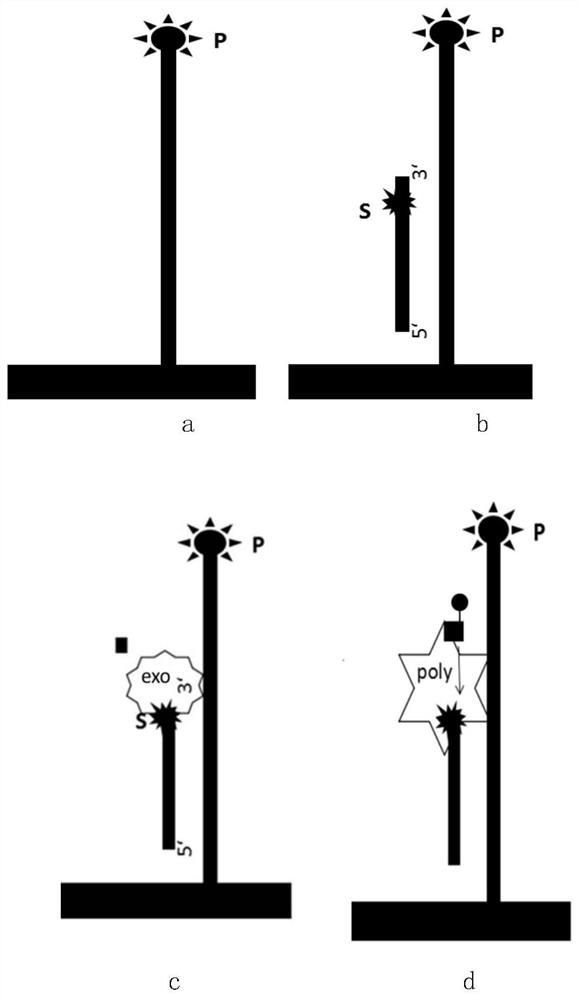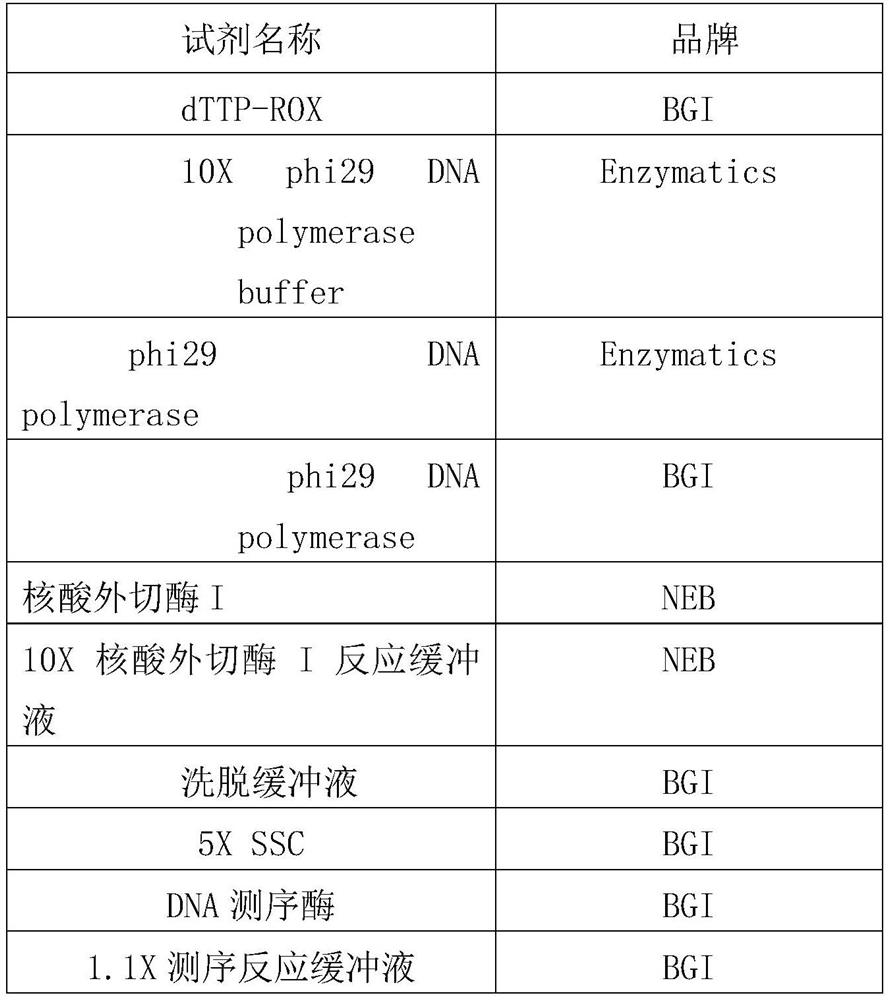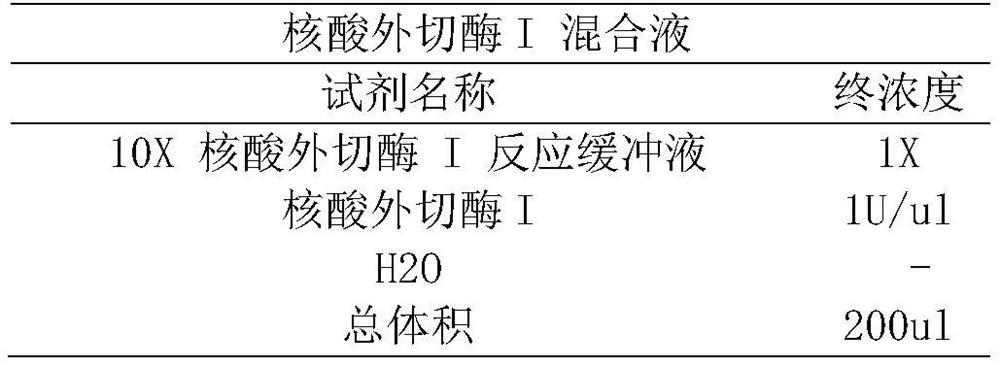A method and kit for detecting the 3'-5' exo-cutting activity of nucleases on specific bases
A nuclease and kit technology, which is used in the field of detecting the 3'-5' exocytosis activity of nucleases on specific bases, can solve the problem that radioisotope methods are prone to pollution, difficult to achieve high-throughput, automated, and inaccurate detection. Problems such as exonuclease activity
- Summary
- Abstract
- Description
- Claims
- Application Information
AI Technical Summary
Problems solved by technology
Method used
Image
Examples
Embodiment 1
[0048] Example 1. Establishment of a method for detecting the 3'-5' exonucleation activity of nucleases on specific bases
[0049] 1. Detection principle
[0050] like figure 1 shown,
[0051]1) Use a single-stranded DNA molecule with a known sequence immobilized on a solid phase as a template, such as using streptavidin and biotin to immobilize oligonucleotides on magnetic beads or spot on a spotter. The oligonucleotides on the chip, etc., the bare end of the single-stranded DNA molecule containing the known sequence needs to be modified to prevent exonuclease digestion, such as phosphorylation modification, sulfur modification, etc. (such as figure 1 a);
[0052] Design a primer that is partially complementary to the known sequence according to the experimental requirements. In the primer, the phosphodiester bond between the penultimate base and the penultimate base in the 5'-3' sequence is modified by sulfurylation , the 5' end is modified by phosphorylation, and the la...
Embodiment 2
[0080] Embodiment 2, detect nuclease to specific base 3 '-5 ' exonucleation activity
[0081] In this example, exonuclease I was used as the internal reference nuclease with known activity (the activity size was 10 U / ul), and the phi29 DNA polymerase of Enzymatic and the phi29 DNA polymerase of BGI were detected according to the second method of Example 1 when there was no polymerization reaction. Desired 3'-5' exo-active size in the case of dNTPs for unmodified C bases in the case of correct pairing. During the test, two control groups were set at the same time to prevent the tested enzyme from cutting out the bases completely or cutting all the bases on the chip cleanly, resulting in inaccurate results.
[0082] Equipment used in the following methods: BGISEQ-500 sequencer
[0083] The reagents used in the following methods are shown in Table 1 below:
[0084] Table 1
[0085]
[0086] Specific steps are as follows:
[0087] 1. Synthesize primers partially complementa...
PUM
 Login to View More
Login to View More Abstract
Description
Claims
Application Information
 Login to View More
Login to View More - R&D
- Intellectual Property
- Life Sciences
- Materials
- Tech Scout
- Unparalleled Data Quality
- Higher Quality Content
- 60% Fewer Hallucinations
Browse by: Latest US Patents, China's latest patents, Technical Efficacy Thesaurus, Application Domain, Technology Topic, Popular Technical Reports.
© 2025 PatSnap. All rights reserved.Legal|Privacy policy|Modern Slavery Act Transparency Statement|Sitemap|About US| Contact US: help@patsnap.com



